About 16 months after the process of recording it began, Let It Be trickled into record stores. It arrived in May 1970, 55 years ago this month. By that time, Beatles fans had started to mourn the fact that the four men’s professional relationship had ruptured.
Videos by American Songwriter
Anniversaries of the release dates of other Fab Four albums are generally a cause for celebration and reflection. With Let It Be, maybe it’s only the reflection part, as we all try to get a handle on this legacy of this star-crossed project.
Documenting the End
As had been the case with several Beatles’ projects in the second half of their recording career, Let It Be, or Get Back, as it was also known for a while, belonged to Paul McCartney. The Beatles would create a new album from scratch, film a documentary about that process, and then close the whole thing out with a live performance of the fresh songs.
McCartney saw it as a way of pulling the band back together after The White Album had progressed at times like it was four separate solo albums. He misjudged the growing disenchantment of John Lennon and George Harrison. The dour environment, with blinding lights pouring down on the band in the cold studio, didn’t help tempers much.
Peter Jackson’s Get Back documentary, released four years ago, somewhat rebutted the notion that the process was a joyless slog. But that doesn’t change the fact that George Harrison briefly quit the band after a studio dustup with McCartney. Or that Lennon dressed down McCartney for his overbearing behavior when the cameras weren’t looking.
Perhaps the Let It Be album could have come out stronger had The Beatles shown interest in completing it. But they were so happy to be done with it after the rooftop concert that they quickly moved on to the Abbey Road album.
In the end, the album came out as a weird hybrid of Glyn Johns’ attempts to capture the looseness of the sessions with Phil Spector’s overlush paint job. In any case, when it arrived, fans were thrilled for any Fab Four product. A month before, Paul McCartney had used the occasion of his first solo album to announce that the group was kaput.
Revisiting ‘Let It Be’
Sentimentalists might try to hear some shambolic masterpiece in Let It Be. A more honest assessment would be to rank it in the lower half of The Beatles’ catalog, somewhere around With The Beatles or Beatles For Sale. It can’t really hold a candle to the obvious mid to late-60s masterpieces. Nor does it match up with the ebullient thrills of early triumphs like Please Please Me and A Hard Day’s Night.
In trying to do something off-the-cuff, The Beatles ended up making something that sounded unfinished. Several of the uptempo songs were underwritten. “Across The Universe” and “The Long And Winding Road” stand out as lovely songs, but they recede beneath Spector’s gloss. The title track just can’t match “Hey Jude”, no matter how hard it tries.
For all those complaints, there are moments where the album rises to the group’s towering standards and becomes what McCartney envisioned it to be. The harmonies on “Two Of Us” and the trading of lines on “I’ve Got A Feeling” remind us what a wonderful creative partnership Lennon and McCartney enjoyed. And “Get Back” stands out as an outstanding raver, enlivened by Billy Preston’s keyboard work.
Different choices would have helped. For instance, keeping the production of the ballads simple. Or including “Don’t Let Me Down”, the finest John Lennon original recorded during those sessions. At least the bad vibes of the sessions can’t be located in the music. But the band’s wavering interest in the project certainly leaks out on occasion. Circumstances wouldn’t allow Let It Be to be a classic. But it could never be a letdown. How could it be, when it represented one last batch of Beatles’ music, onto which we could grasp before saying farewell?
Photo by Hans J. Hoffmann/ullstein bild via Getty Images

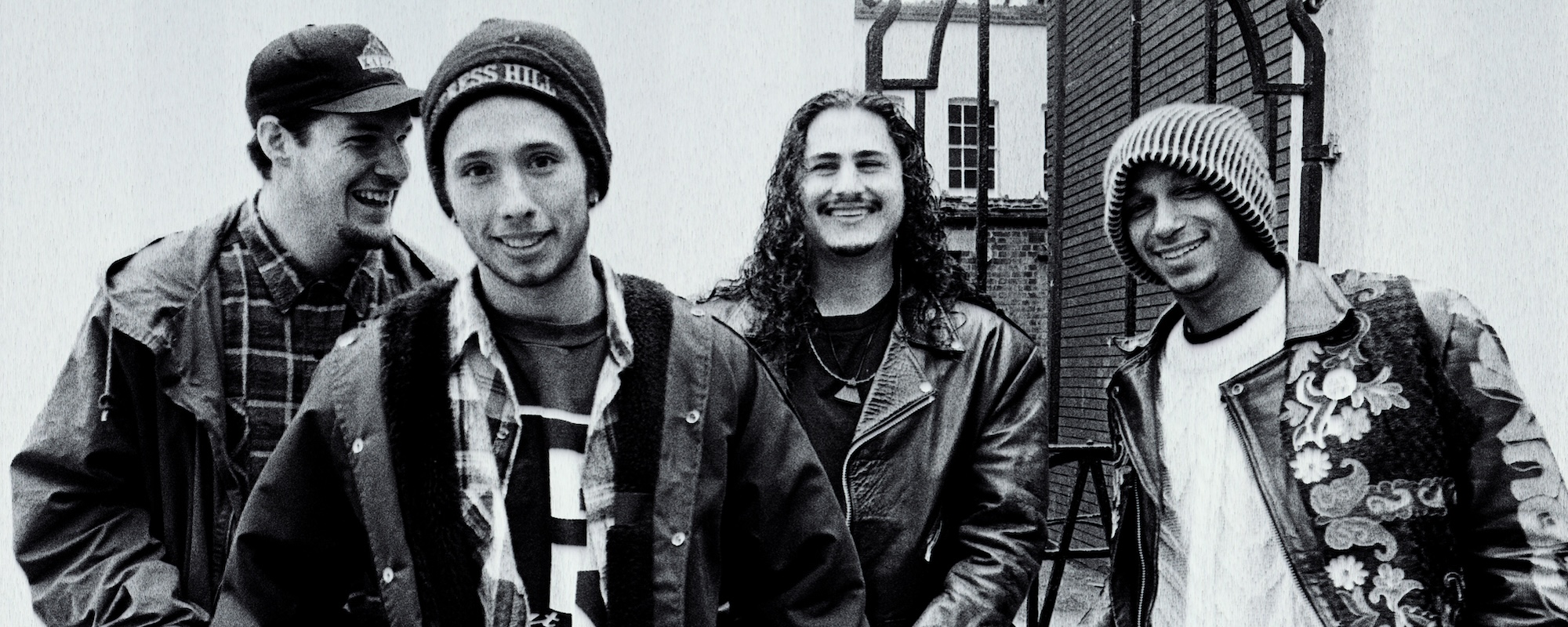

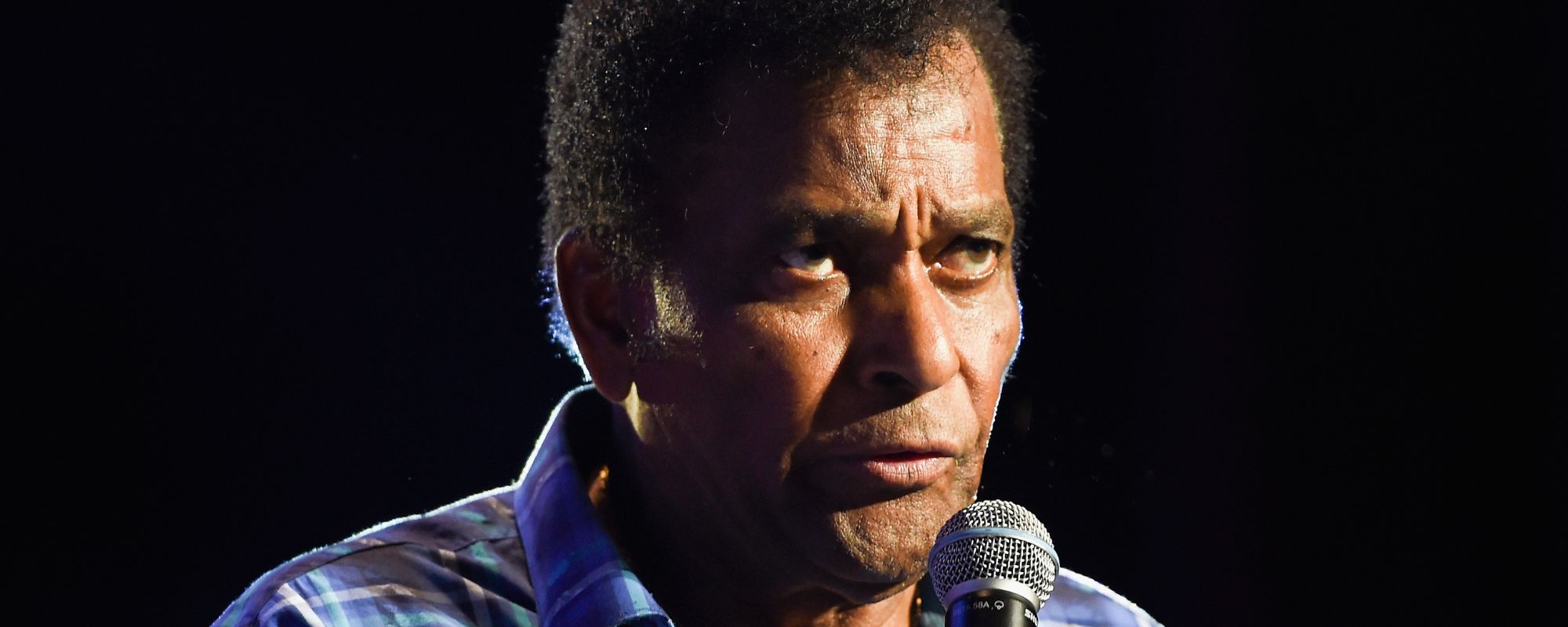


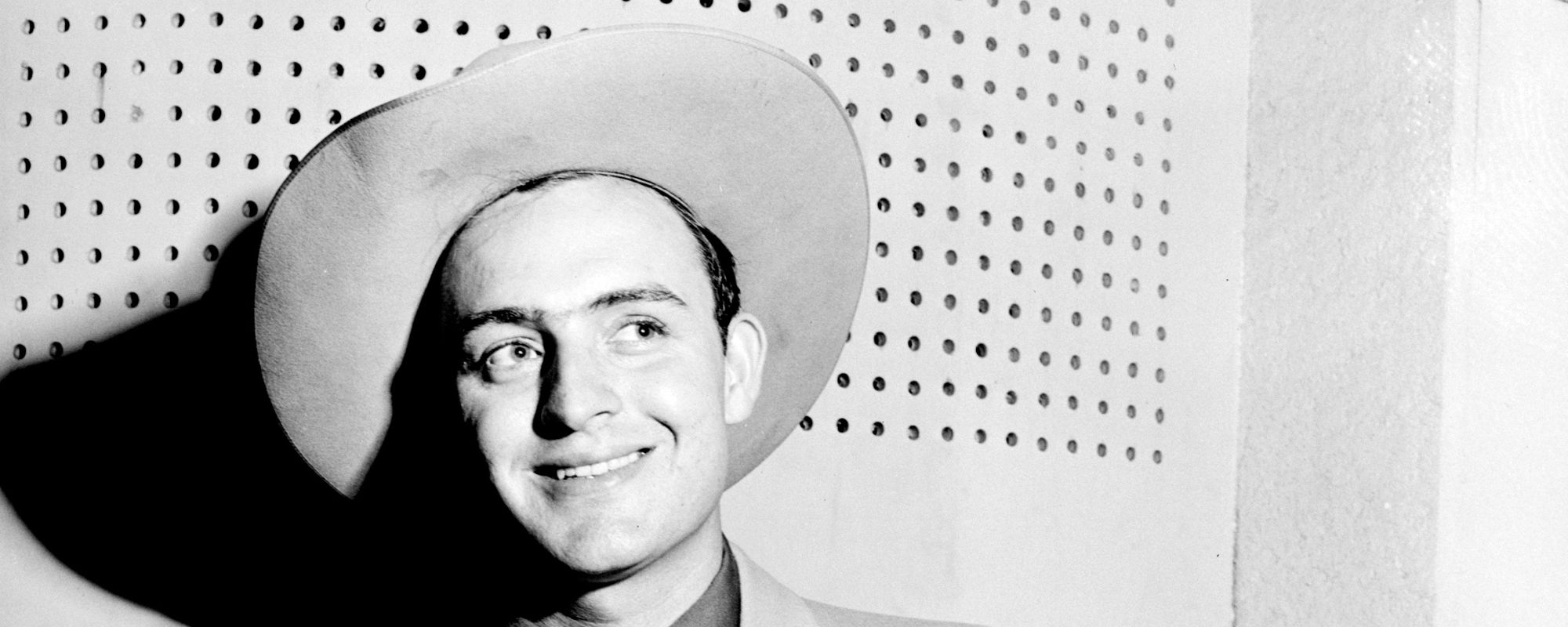

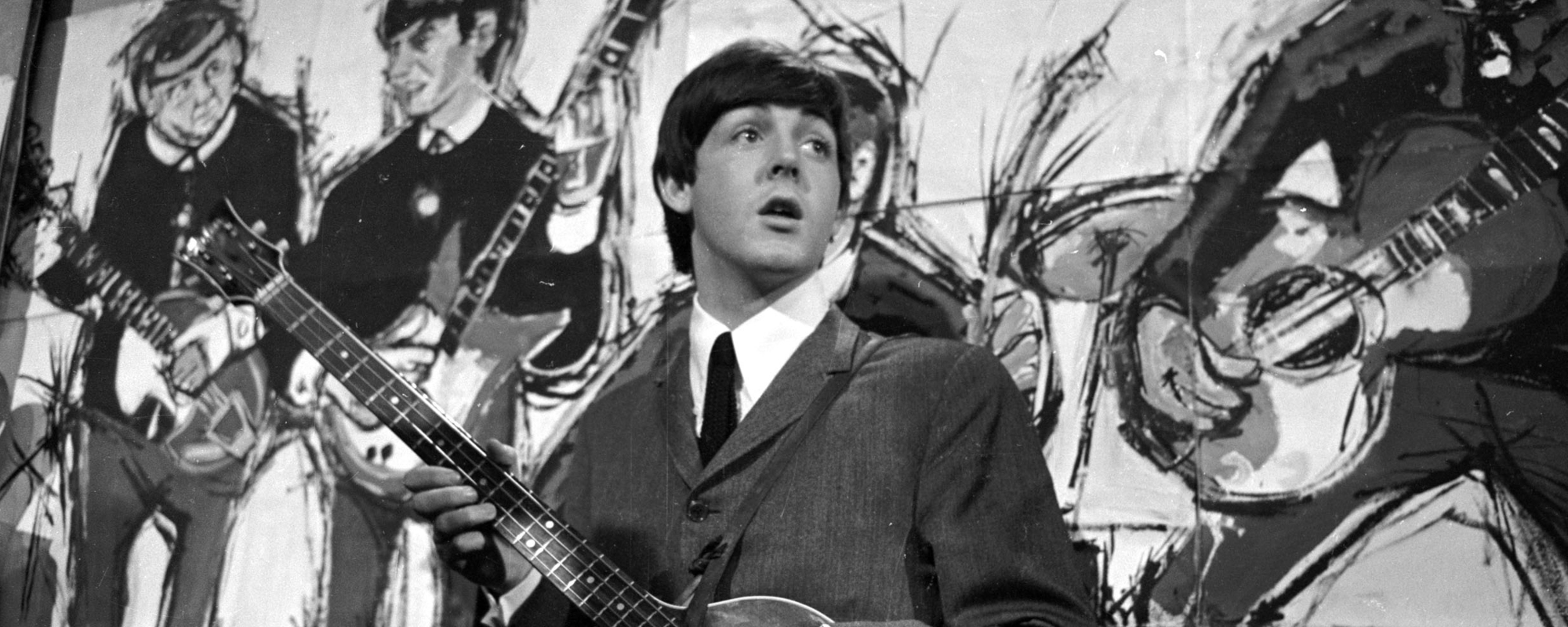
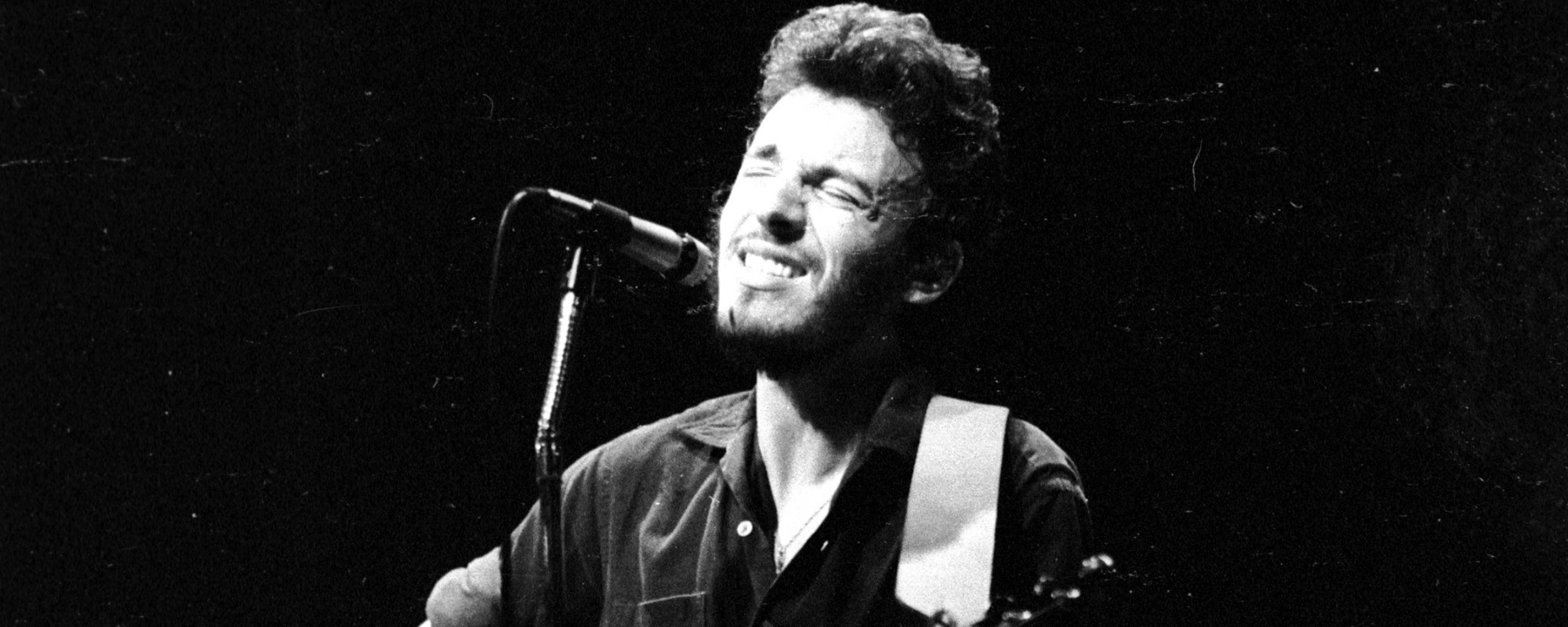
Leave a Reply
Only members can comment. Become a member. Already a member? Log in.